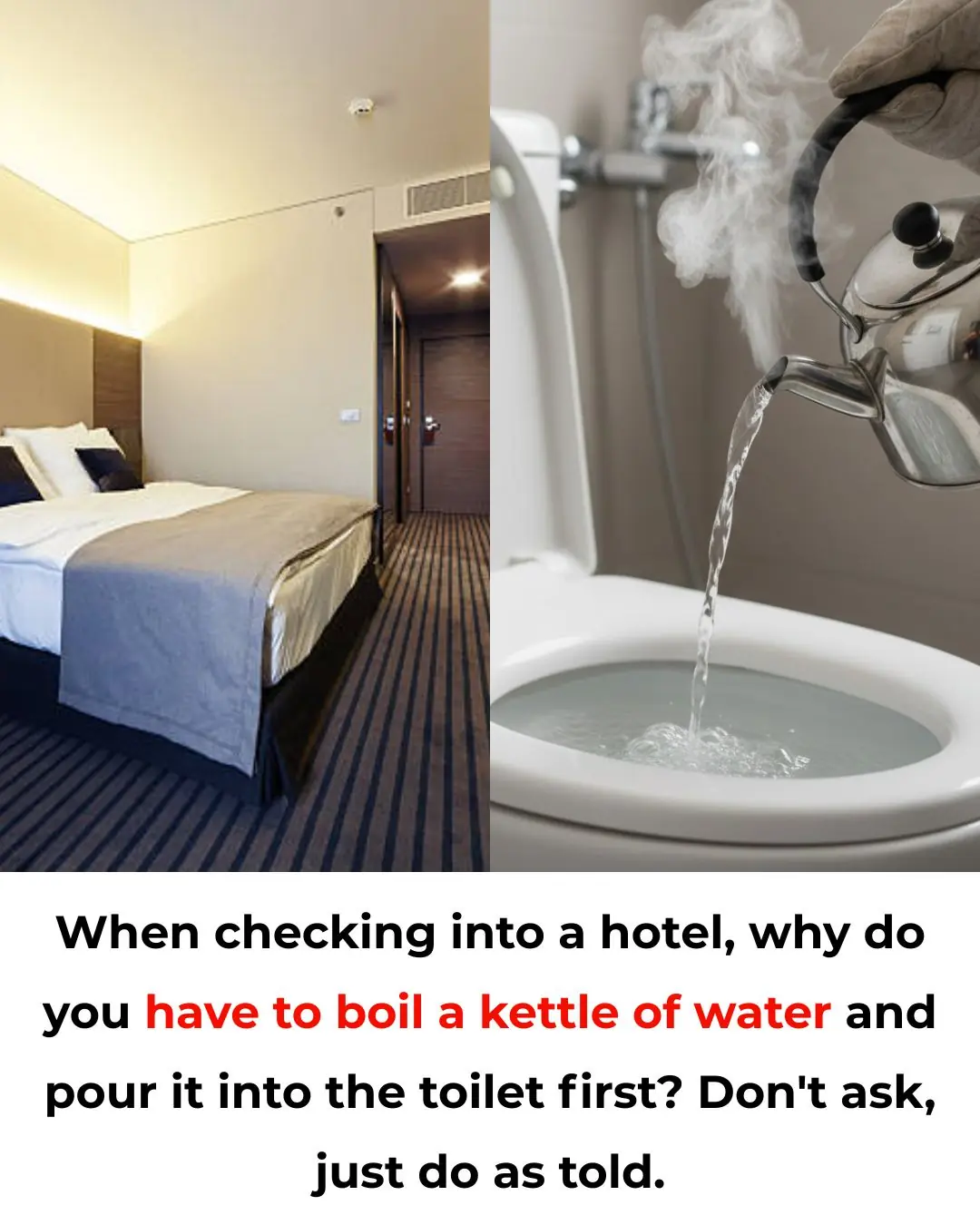
The Mystery of the Blue Stop Sign

We all instantly recognize the classic red octagon commanding us to STOP — a symbol so universal that it’s understood across languages and continents. But every now and then, someone encounters a blue stop sign and wonders: Is it real? Is it legal? Do I actually have to stop?
The truth is more interesting than you might expect.
🟦 Blue Stop Signs: Rare, Surprising, and Real
Although they look unusual and even a bit out of place, blue stop signs do exist — but you won’t find them directing traffic on public streets. Instead, they appear in areas where property owners control the signage themselves, such as:
-
Business or industrial parks
-
Gated neighborhoods
-
Private parking lots
-
Long residential driveways
-
Private ranches or estates
According to the Manual on Uniform Traffic Control Devices (MUTCD) — the U.S. standard for all official road signage — stop signs must be red. The rules are strict because consistency keeps drivers safe. A blue stop sign, therefore, is not permitted on public roads and carries no official governmental authority there.
But on private land? Property owners can choose their own colors, shapes, and materials to help manage on-site traffic. That freedom allows for some creative — and occasionally confusing — alternatives.
🌴 Why Hawaii Has So Many Blue Stop Signs
One of the most well-known places to spot blue stop signs is Hawaii.
Local regulations in certain areas limit the use of government-standard red stop signs on private property. As a workaround, residents and businesses install blue versions that are distinctive yet functional.
Over time, these signs have become a recognizable oddity for visitors — a quirky mix of practicality and island individuality.
🚗 Do You Still Have to Stop at a Blue Stop Sign?
In almost every case, yes — absolutely.
Even though these signs aren’t federally recognized, they serve the same essential purpose: preventing collisions and managing right-of-way. Ignoring any stop sign on private property could be considered unsafe driving, and in some jurisdictions, police can issue citations for reckless or dangerous behavior on private land that’s open to the public (like store parking lots).
Transportation safety engineer Nathan Kautz offers simple advice:
“Treat a blue stop sign the same way you’d treat a red one. It’s there for safety, even if it’s not official.”
If you see it, stop. If you’re ever unsure, err on the side of caution. A few extra seconds of driving time is worth avoiding a potential accident.
🌍 Around the World: Colorful and Cultural Variations
While the standard red octagonal stop sign is widely used, not every country adopted it at the same pace — or in the exact same form.
Here’s what you might see abroad:
-
In some regions, a blue stop-like sign indicates a restricted area, no entry, or the end of a priority road rather than a full stop.
-
Before global standards were set, countries used different shapes and colors — triangles, rectangles, even yellow stop signs.
-
The 1968 United Nations Convention on Road Signs and Signals pushed for worldwide uniformity, but not all nations signed on immediately.
And stop signs aren’t the only place where cultural personality shines through:
-
Australia features wildlife crossing signs that warn drivers about kangaroos, emus, or wombats.
-
The UK places seasonal signs near wetlands to alert drivers to migrating toads crossing the road.
-
Japan uses a red inverted triangle rather than an octagon for its stop sign.
These variations remind us that roadways are shaped not only by regulations but also by geography, traditions, and local needs.
✔️ The Bottom Line
Blue stop signs may not be part of the official traffic control system, but they’re entirely legitimate on private property — and they serve a clear purpose. Whether you come across one in Hawaii, a shopping center, or during international travel, the safest approach remains consistent:
Stop completely. Look carefully. Proceed with awareness.
The sign’s color may change, but your safety shouldn’t.
News in the same category


Don’t Throw Away Overripe Bananas – The Black-Spotted Ones Are a Nutritional Treasure

Your Non-Stick Pan Lost Its Coating? Don’t Throw It Away – Here’s How to Use It Like New

How to Choose the Best Apples: The Crispest, Sweetest, and Most Nutritious Ones (Updated for Nov 11, 2024)

When a married woman is obsessed with another man, she does 9 things.

The Simple “Finger Test”

🦻 Hearing Loss: What Really Causes It — And What You Can Do

Why Placing Borax on Wax Paper Under Your Fridge Works: A Full Guide

Lavender Oil and Baking Soda: A Natural DIY Air Freshener Backed by Science (Full SEO Article)

Cleaning the TV with tissue paper or plain water is a mistake. Use this to clean the dust and not scratch the screen

Bananas can't be eaten in time when bought. Do this so they won't be dark or overripe all week

Kettles Build Up Mineral Deposits Over Time — Add This One Ingredient, Boil Once, and It Becomes Spotless Without Scrubbing

Why Should You Pour a Kettle of Boiling Water Into the Hotel Toilet Right After Checking In? Here’s the Reason You Shouldn’t Ignore

After boiling the chicken, do this one more step before removing it to a plate. The chicken will be crispy, firm, and not broken when cut.

The sink is clogged, just follow this tip, no need to call a plumber

Don't put fresh chili in the refrigerator right away after buying it. How to keep it from spoiling for half a year?

A dull knife can't cut anything, but this one is sharp and shiny like new.

Putting eggs in the refrigerator door is a classic mistake that causes eggs to spoil quickly and lose all nutrients.

6 effective ways to repel cockroaches without chemicals
News Post

What if you ate 4 eggs a day with the yolks for 30 days?

You’ve Been Taking The Wrong Type of Magnesium All This Time

This Salt, Pepper and Lemon “Miracle-Mix” Can Help Solve 9 Problems

Tooth Decay Repair with Natural Remedies: Can Guava Leaves Help?

Onion Oil for Hair: The Smelly Secret to Long, Lush Locks

What does it mean to walk with your hands behind your back?

The Hidden Power of Mango Seed

The simple circulation secret that can reduce varicose veins naturally

Doctors Reveal What Really Happens When You Eat Avocado Every Day

Home Alone During a Heart Attack …5 Critical Steps That Could Save Your Life

Rice Baby Oil Collagen Cream For Wrinkle Free Glowing Skin

When Buying Shrimp: Should You Choose Straight or Curved Ones? The Difference Is Huge but Few People Know

Tiny Wings, Mighty Legacy: How Bees Create Honey and Sustain Life on Earth

Don’t Throw Away Overripe Bananas – The Black-Spotted Ones Are a Nutritional Treasure

Hawaii Is Releasing Mosquitoes From Drones — And It Could Help Save Species From Extinction

Your Non-Stick Pan Lost Its Coating? Don’t Throw It Away – Here’s How to Use It Like New

Superfetation: The Rare Phenomenon of Becoming Pregnant While Already Pregnant

How to Choose the Best Apples: The Crispest, Sweetest, and Most Nutritious Ones (Updated for Nov 11, 2024)

When a married woman is obsessed with another man, she does 9 things.
